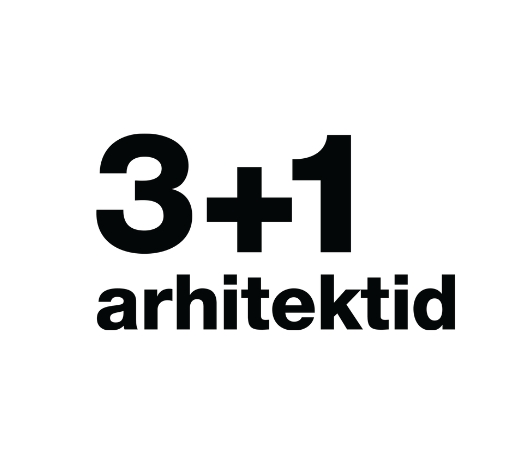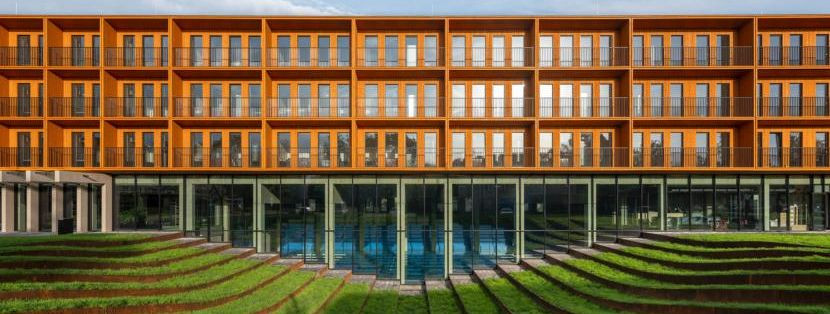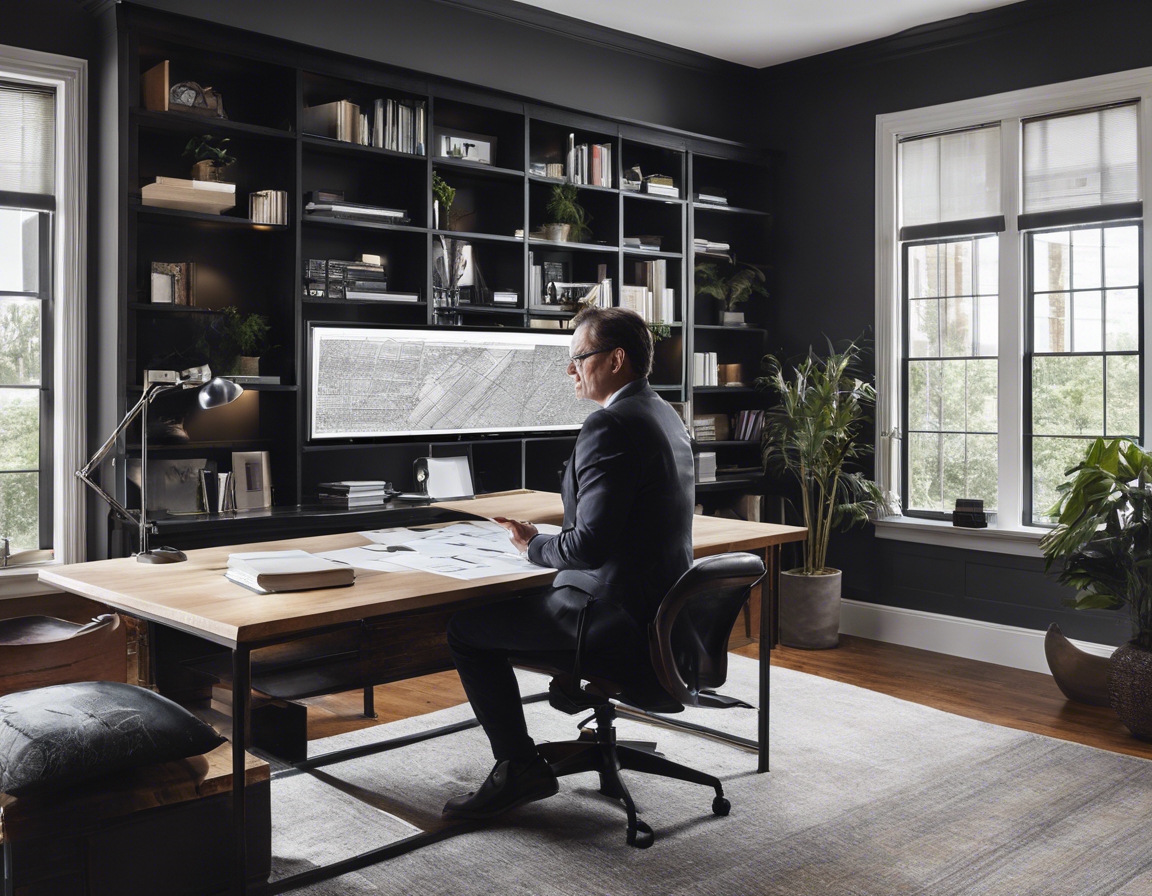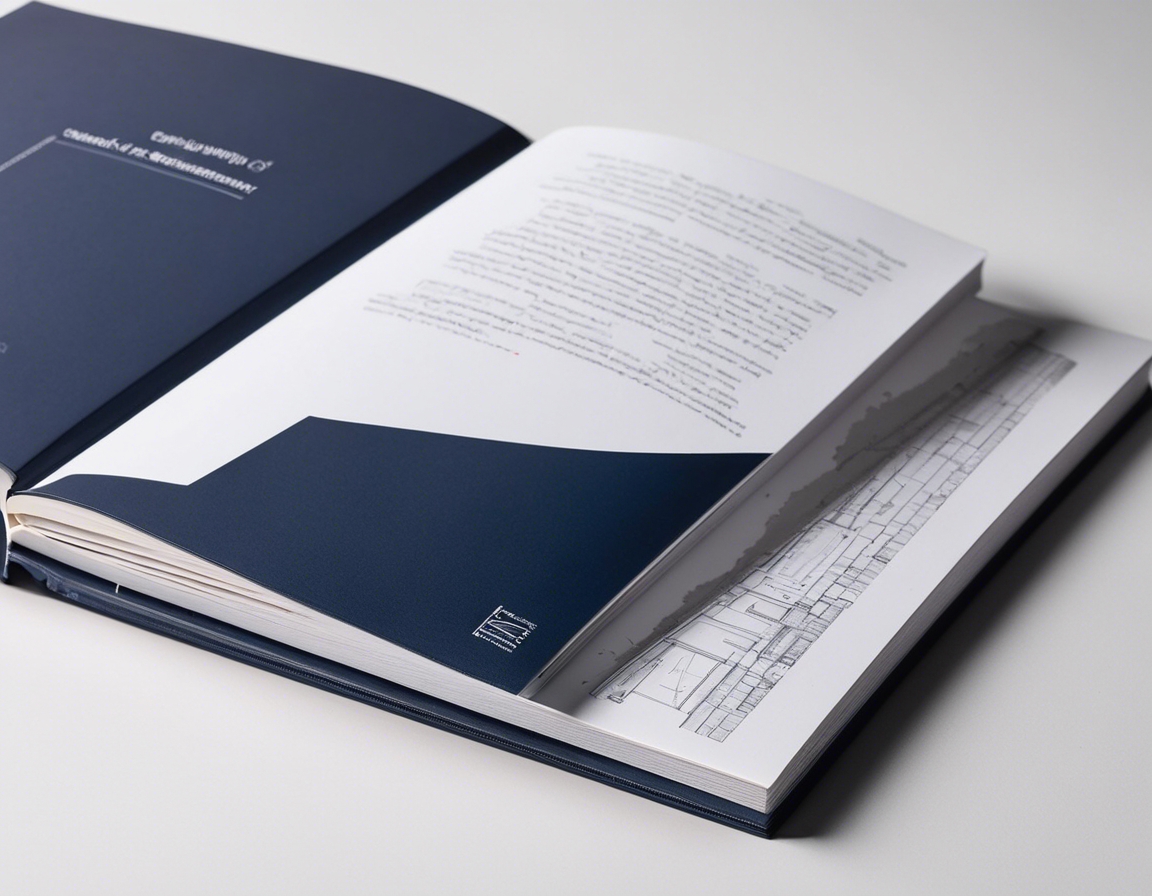The role of aesthetics in modern construction
Aesthetics in construction refers to the pleasing appearance and sensory experiences created by buildings and structures. It encompasses the design, form, color, texture, and materials that contribute to the visual and tactile qualities of the built environment.
Historically, aesthetics has played a central role in construction, with ancient civilizations like the Greeks and Romans prioritizing beauty and harmony in their architectural designs. This tradition has evolved, but the core principles of creating visually appealing structures have remained constant.
In modern construction, aesthetics is not just about beauty; it's about creating a narrative, evoking emotions, and reflecting the identity of the occupants or the community. It's an integral part of the design process that works in tandem with functionality and sustainability.
The Importance of Aesthetics in Modern Construction
The aesthetic appeal of a building can significantly influence first impressions and the perceived value of a property. It can attract investors, buyers, and tenants, and can even command higher prices and rental rates.
Well-designed spaces with aesthetic considerations can enhance the well-being and productivity of occupants. Natural light, color schemes, and material choices all play a role in the psychological impact of a building's interior and exterior.
Aesthetics can also reflect the cultural values and identity of a community. Thoughtful design can contribute to a sense of place and belonging, and can even become a landmark or symbol of local pride.
Aesthetics and Sustainability: A Synergistic Approach
Sustainable design practices are increasingly being integrated with aesthetic considerations. Green roofs, living walls, and the use of natural materials are examples of how sustainability can enhance the visual appeal of buildings.
Advancements in materials technology allow for new possibilities in aesthetics. Innovative materials can provide unique textures, colors, and forms while also contributing to energy efficiency and environmental friendliness.
Aesthetic designs that are also sustainable tend to have a timeless quality. They remain relevant and appealing over time, reducing the need for costly renovations and updates.
Integrating Aesthetics with Functionality
The principle of 'form follows function' suggests that the shape of a building should primarily relate to its intended function or purpose. However, modern construction seeks a balance where form and function complement each other to create spaces that are both efficient and beautiful.
Technological advancements in construction, such as computer-aided design (CAD) and building information modeling (BIM), have opened up new avenues for aesthetic expression without compromising on functionality.
Iconic buildings around the world demonstrate the successful integration of aesthetics and functionality. These structures serve as benchmarks for how design can captivate and inspire while serving practical purposes.
Challenges in Incorporating Aesthetics
Incorporating high aesthetic standards can often come with increased costs. Balancing budget constraints with design aspirations is a common challenge in modern construction projects.
Building codes and regulations can limit the scope of aesthetic innovation. Navigating these constraints while achieving design excellence requires expertise and creativity.
The complexity of integrating aesthetics with other building requirements can lead to challenges in the design and construction phases. Collaboration among architects, engineers, and contractors is essential to overcome these hurdles.






Comments (0)